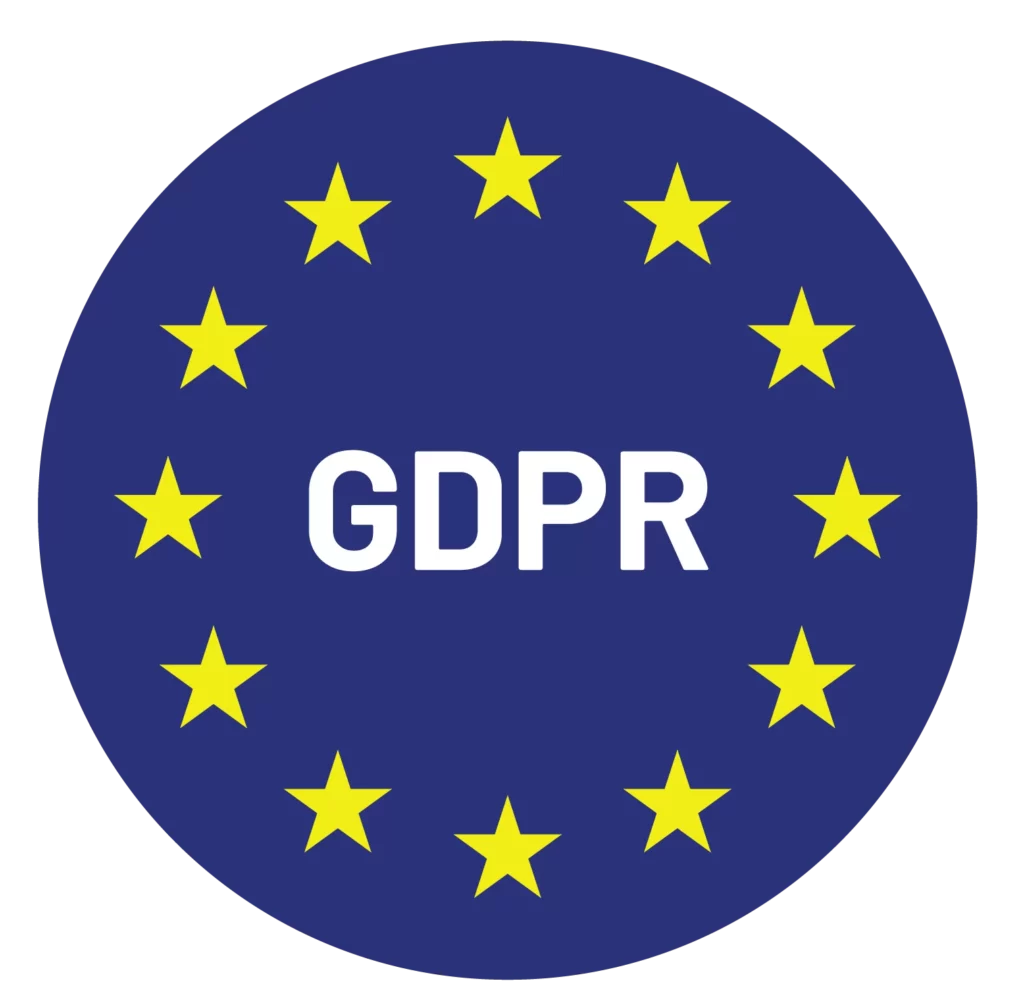Introduction to Creating a Coaching Program
A signature coaching program is a reusable structure or system used for coaching clients towards a specific objective repeatedly. Within such a coaching framework, there’s no need to devise client strategies anew as the groundwork is already laid during program development. It is more than just a series of sessions; it’s a tailored framework designed to facilitate transformative growth. Its significance lies in providing a unique methodology that aligns with both you and your client objectives, encouraging trust and accountability.
Clients opt for a coaching program due to its clear outcomes rather than vague expectations. Originating from various sources, a signature coaching program might arise from extensive coaching experience, identifying common client needs, or personal life experiences offering specialized insights. It’s essentially a personalized approach to addressing a particular challenge, reflecting the coach’s distinct problem-solving methodology.
Developing a structured coaching program offers numerous benefits. It enhances clarity and focus, streamlines communication, and ensures consistency in delivering results. By establishing clear objectives and milestones, it empowers you and your client to track progress effectively.
To create a new coaching program, several key steps are involved. This includes defining the program’s purpose, target audience, and desired outcomes. Structuring sessions, establishing assessment methods, and integrating feedback mechanisms are integral parts of the process.
By following these steps, you can design programs that resonate deeply with your clients, fostering meaningful and sustainable growth.
10 Steps for Creating an Effective Signature Coaching Program
1. Assessment and Goal Setting
Embarking on a coaching journey drives an in-depth understanding of the target client’s status quo, hurdles, and aspirations. Begin by identifying key objectives such as:
- Their thought processes
- Their current experiences
- The challenges they’re facing
- Their ultimate aspirations
The best approach involves gathering insights from authentic individuals. Conduct one-on-one interviews with volunteers who align with your target audience, enabling you to pose follow-up inquiries and delve deeper into specific subjects, thereby revealing valuable insights.
You don’t need to survey only your current or previous clients. Anyone who fits your future client profile can participate. Reach out to your contacts for referrals or post on social media to attract volunteers for interviews.
2. Specify the Results for Your Ideal Clients
By grasping the challenges and aspirations of your ideal clients, you can pinpoint the precise goals they aim to achieve.
While not all survey respondents may share identical objectives, you can still refine them sufficiently to outline a definite path for your coaching program.
Beginning with the aspirations of your ideal clients is pivotal in crafting a signature coaching program that yields significant results. This approach allows you to develop your framework by understanding the fundamental issues and aspirations they bring to you.
3. Designing the Coaching Program Framework
Once you have the goals and ideal results in mind, high-level learning pathways and program structures are outlined, providing a roadmap for progress. By engaging in this process, you can tailor programs that resonate deeply with your clients for a meaningful and sustainable growth.
To do this, examine the common themes in your survey responses to pinpoint the coaching strategies that best serve your clients’ goals. Identify techniques, exercises, tools, or methods from your repertoire that resonate with your clients’ preferences and learning styles. If your signature program draws from personal experience, reflect on questions like:
- What lessons did I learn to reach my current position, and how did I learn it?
- What challenges did I encounter that weren’t initially obvious, and what helped me in overcoming them?
- Which tools proved most impactful in my personal growth journey?
Broaden your research beyond your current coaching tools to pack even more value into your new signature package.
4. Developing Program Content
Creating signature program content is a careful process. First, you have to select appropriate strategies and activities, ranging from one-on-one sessions to self-guided exercises, tailored to meet client needs. Next, organize the written and recorded materials you want to implement into your signature program.
These materials may comprise:
- Workbooks containing exercises
- Guided meditation recordings
- Case studies or success stories
- Recommended reading and supplementary resources
- Assessments
- Pre-recorded video lectures
- Presentation slides and accompanying notes for videos or self-study
The objective is to be thoroughly prepared. This process may demand more energy than usual, so it’s advisable to have all materials readily available before your program launch.
Finally, you need to craft a detailed week-by-week session plan, complete with milestones, ensuring a structured and effective journey towards client goals. This approach guarantees a well-rounded program that maximizes client engagement and progress.
5. Program Implementation and Testing
The successful launch of a coaching program involves thorough implementation and testing phases. To get valuable feedback from clients for testing, you can offer a short coaching session in exchange. You can also offer one of your courses or coaching materials for free to a select few individuals, ideally chosen from the survey participants, to check how your process performs.
This doesn’t mean you have to offer an entire coaching program for free, but rather allows you to evaluate specific aspects and collect feedback. Assess whether potential clients would be willing to pay for your process. If not:
- Refine the framework to better match your clients’ needs
- Enhance the program’s presentation clarity
- Incorporate additional coaching tools to support clients
- Remove unnecessary steps in the process to optimize outcomes
Continuous revisions based on this feedback are integral, enabling you to refine and improve the program over time.
Read: How to Create a Feedback Loop in a Coaching Management System
6. Program Duration and Scheduling
Planning the duration and scheduling of a coaching program is crucial to its success. If your coaching program is too short, your client might miss out on the full growth experience. But if it’s too long, they could lose steam.
Find the optimal duration that complements your established framework. This aspect is crucial for marketing your package and informing potential clients about its components. For instance:
- Specified one-on-one or group coaching sessions
- Supplementary courses or resources
- Messaging support or alternative accountability measures
Next, you can schedule sessions and outline a timeline for content delivery, ensuring a structured and balanced approach. By carefully managing program duration and scheduling, you can maximize client engagement and facilitate consistent progress towards desired outcomes.
If you know other coaches who have signature programs similar to yours, you can adopt their program duration as a model.
You can always adjust this later based on feedback from your initial clients or cohorts who have completed your framework.
7. Marketing and Naming Your Coaching Program
Creating a successful coaching program starts with crafting a catchy name that resonates with your target audience and reflects the program’s benefits.
The name of your signature coaching program holds significant weight as it shapes potential clients’ decision-making process. It should be both descriptive and specific to effectively convey its essence. If you’re struggling to find the right name, consider seeking assistance from a professional copywriter for tailored program title suggestions.
Using various marketing strategies such as social media, email campaigns, and networking, can attract clients and build a strong brand presence. By combining these elements, you can effectively market your coaching program for maximum impact.
8. Creating a Sales Page
It is time to draft a sales page that reflects your vision. You must consider including the following topics on your page:
- Reflect the core promise of your program into a brief tagline
- Describe the challenges your ideal clients may be facing
- Address potential disappointments they may have encountered with previous solutions
- Introduce your program and highlight its unique aspects, paint a vivid picture of how clients’ lives could be transformed by your program
- Outline the workings of your program and the outcomes it can produce
- Address common objections through an FAQ section
Your sales page doesn’t have to be flawless from the start. You can refine it over time, especially after testing your signature program and receiving feedback.
9. Measuring Program Success
Measuring the success of your program involves regular check-ins and assessments to evaluate progress and identify areas for improvement.
You can measure progress metrics such as completion rate to analyze where clients may be dropping off, losing steam, or getting stuck.
In addition, collecting client feedback through surveys, interviews, or focus groups is essential for continuous improvement. It gives insights into what works and what doesn’t, allowing you to make customized adjustments.
Analyzing program outcomes, such as goal achievement rates and client satisfaction levels, is critical for assessing effectiveness. This data-driven approach enables informed decisions to enhance the program’s impact and ensure it aligns with the client’s evolving needs.
By using these strategies, you can ensure your program is on track to achieve its objectives and deliver impactful results.
10. Scaling and Expanding Your Coaching Program
To scale and expand your coaching program, explore online platforms and tools that enable efficient program delivery to a broader audience. You can automate administrative tasks, hire additional coaches, and offer group coaching sessions to manage increased demand.
Customize the coaching experience to cater to diverse client needs, ensuring personalized support while maintaining program quality.
Plus, there are several marketing strategies available to promote your signature program. Consider these options:
- Launch with additional incentives or a beta pricing structure
- Develop an email series for your subscriber base
- Use social media to inform your audience about your methodology and guide them to schedule a consultation or visit your sales page
- Implement advertising campaigns once interest in your program is established
- Secure podcast appearances to discuss your program framework
Strive for a balanced mix of both long-term (e.g., podcast interviews) and short-term (e.g., sales email sequences) marketing tactics to ensure sustainable success for your program.
Conclusion
With a well-structured and signature coaching program, you’ll have a clear understanding of how to assist your ideal clients in achieving success, using a consistent process that can be applied repeatedly.
The program will also benefit you and your clients by offering a unique and personalized approach to achieving goals. By following the above steps, you can create a successful and impactful coaching program. Using foundational systems, such as signature programs and an efficient booking method, you can contribute to the development of a sustainable business that supports you.
Try Simply.Coach, the #1 digital coaching platform trusted by coaches, consultants, trainers, and counselors. It is designed to help you build your program, manage your contracts, schedule sessions, invoicing and payments, and more in a single digital platform.
Read More:
7 Best Online Billing Software & Tools for Executive Coaches
The comprehensive client onboarding form template for relationship coaches
Building an Effective Coaching Website: Best Practices and Essentials
Creating On-Brand Coaching Experiences with a Coaching Management System
Effective Marketing Strategies for ADHD Coaches: Reaching and Empowering Individuals with ADHD
About Simply.Coach
Simply.Coach is an enterprise-grade coaching software designed to be used by individual coaches and coaching businesses. Trusted by ICF-accredited and EMCC-credentialed coaches worldwide, Simply.Coach is on a mission to elevate the experience and process of coaching with technology-led tools and solutions.









